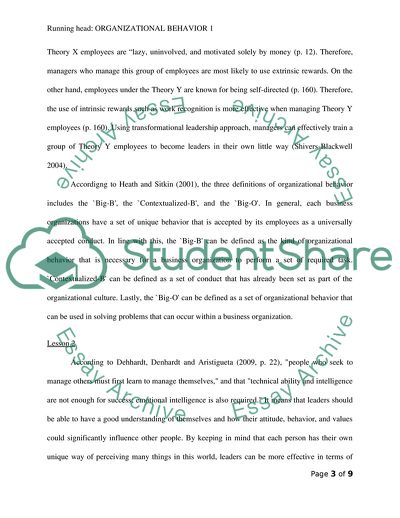Cite this document
(Organizational Behavior: Managing People and Organizations Assignment, n.d.)
Organizational Behavior: Managing People and Organizations Assignment. https://studentshare.org/human-resources/1775443-organizational-behavior-1
Organizational Behavior: Managing People and Organizations Assignment. https://studentshare.org/human-resources/1775443-organizational-behavior-1
(Organizational Behavior: Managing People and Organizations Assignment)
Organizational Behavior: Managing People and Organizations Assignment. https://studentshare.org/human-resources/1775443-organizational-behavior-1.
Organizational Behavior: Managing People and Organizations Assignment. https://studentshare.org/human-resources/1775443-organizational-behavior-1.
“Organizational Behavior: Managing People and Organizations Assignment”. https://studentshare.org/human-resources/1775443-organizational-behavior-1.


